In industrial production, nitrogen is an essential gas in many manufacturing processes. In industries such as chemicals, electronics manufacturing, and food processing, companies widely use nitrogen for applications like atmosphere protection, cooling, and cleaning. To ensure a stable and continuous supply of nitrogen, businesses need a high-efficiency nitrogen generator, and the storage tank plays a vital role as an integral part of the system. As one of the core components of the nitrogen supply system, the nitrogen generator storage tank is not just a container for storing nitrogen gas; it also plays a crucial role in stabilizing gas pressure, regulating flow, and purifying the air.
The nitrogen generator storage tank plays a key role in ensuring a stable and continuous supply of nitrogen in the system. It not only effectively regulates gas pressure and increases nitrogen storage but also plays a significant role in improving system efficiency and extending equipment life. This article delves into the main functions, working principles, selection criteria, and daily maintenance techniques of the nitrogen generator storage tank, providing practical advice to help businesses improve the efficiency and safety of downstream nitrogen supply.
What is a Nitrogen Generator Storage Tank?
The nitrogen generator storage tank is a critical component in the nitrogen supply system, responsible for storing nitrogen gas, stabilizing gas pressure, and ensuring the continuous supply of nitrogen. The working principle of it is that as the nitrogen generator produces nitrogen, the storage tank collects and stores it. When demand increases, it releases gas, maintaining system stability. The tank’s capacity, pressure rating, and material need to be selected based on the specific application requirements to ensure continuous and stable gas supply.
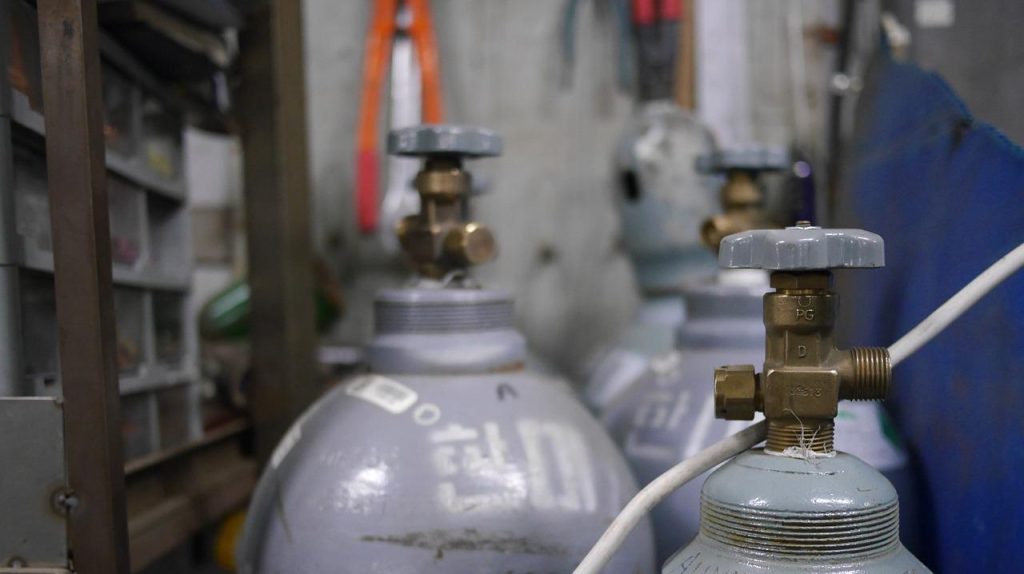
Main Functions of the Nitrogen Generator Storage Tank
Stabilizing Nitrogen Supply
The primary function of the storage tank is to stabilize nitrogen supply. The nitrogen generator has a limited production capacity, while the actual demand in the production process can fluctuate significantly. It can store excess nitrogen when demand is low and release it during peak demand, ensuring a continuous supply of nitrogen throughout the year. This is crucial in many industries, especially during periods of peak industrial production, where the storage tank’s role becomes critical.
Regulating Gas Pressure and Flow
The pressure of nitrogen is vital for the proper operation of downstream equipment. The nitrogen produced by the generator may have a high pressure, while many devices require a stable, low-pressure nitrogen supply. The storage tank regulates the internal pressure to ensure that nitrogen is delivered to downstream systems at the correct pressure and flow rate. Additionally, the storage tank helps balance pressure fluctuations within the nitrogen generator, preventing instability that could affect equipment performance.
Improving System Efficiency and Stability
The storage tank can significantly improve the overall efficiency of the nitrogen generator system. By regulating the storage and release of gas, the tank reduces frequent on/off cycles, preventing energy waste. When demand is low, the storage tank provides a buffer, preventing the nitrogen generator from running excessively. Conversely, when demand peaks, the storage tank can quickly supply the necessary nitrogen, ensuring the nitrogen generator continues to operate without interruption.
Gas Purification and Pre-treatment
During storage, nitrogen may become contaminated by moisture, dust, or other impurities. To ensure the purity of the nitrogen, many storage tanks are equipped with purification systems designed to remove moisture and other contaminants. This is particularly important in industries with strict purity requirements, such as semiconductor manufacturing and food processing. Ensuring high purity helps extend equipment life and improves product quality.
Enhancing Safety
The storage tank plays a crucial role in maintaining the safety of the gas supply system. It is typically equipped with safety valves, pressure relief devices, and other safety features to prevent accidents caused by excessive gas pressure. Regular inspection and maintenance of these safety features are essential to avoid leaks, overpressure, and other potential risks, ensuring the safety of both equipment and personnel.
Working Principle of the Nitrogen Generator Storage Tank
The working principle of the nitrogen storage tank is relatively simple, but the underlying design is crucial. It receives nitrogen from the nitrogen generator and stores it at a certain pressure. The gas is stored within the tank and, when needed, is gradually released, maintaining stable airflow within the system. Storage tanks often feature drainage and filtration systems that remove impurities and moisture from the nitrogen, ensuring optimal gas pressure and quality.
Selection Criteria for Storage Tanks
Selecting the right storage tank is crucial for ensuring the stability and efficiency of the nitrogen supply system. Here are some key selection criteria:
Capacity Selection
Choose the storage tank’s capacity based on the nitrogen generator’s output and the enterprise’s specific needs. A tank that is too small will lead to insufficient nitrogen supply, unable to meet the demand, while a tank that is too large could result in resource waste and excessive space usage. A properly sized tank can effectively optimize the efficiency of the gas supply.
Material and Pressure Resistance
The material of the storage tank must be resistant to corrosion and have high-pressure tolerance to ensure it can withstand high-pressure gas over the long term. Common materials for storage tanks include carbon steel and stainless steel. When choosing the material, companies should consider environmental factors such as potential chemical corrosion.
Safety Design
The safety design of the storage tank is crucial, especially for high-pressure storage systems. Select a tank equipped with pressure relief devices and safety valves. This ensures the gas is safely released in the event of overpressure or malfunction, preventing accidents.
Daily Maintenance and Care for Storage Tanks
Regular Pressure and Temperature Checks
Pressure and temperature fluctuations are important indicators of the storage tank’s operational status. Enterprises should regularly monitor the pressure and temperature of the tank to ensure it operates within safe limits.
Cleaning and Dehumidification
Regular cleaning of the storage tank’s interior is essential, particularly to remove moisture, dust, and any potential contaminants. Excess moisture can negatively affect gas quality, and contaminants can block flow and disrupt equipment performance.
Safety Valve and Drainage System Inspection
Safety valves and drainage systems are critical components of the storage tank. Regular inspection of these systems ensures they function properly and prevents safety hazards caused by equipment malfunction.
Preventing Leaks and Corrosion
The exterior of the storage tank should be regularly checked for cracks, leaks, or signs of corrosion. In humid or corrosive environments, additional protection and maintenance are necessary to prevent external factors from damaging the equipment.
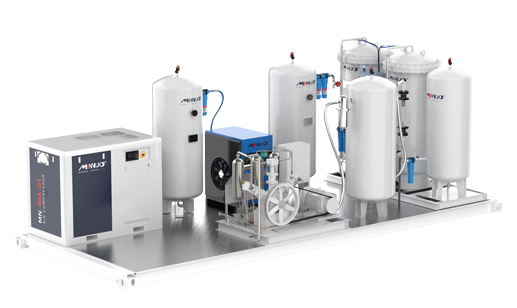
Conclusion
The nitrogen generator storage tank is a critical component of the nitrogen supply system, playing a key role in maintaining stable gas pressure, regulating flow, and storing nitrogen. When selecting, using, and maintaining the storage tank, enterprises should pay attention to factors such as capacity, material, and safety features. Regular and efficient inspection and maintenance are essential to ensure the long-term operation of the system. By properly managing the storage tank, businesses can not only improve production efficiency but also reduce equipment failure rates and maintenance costs, providing reliable nitrogen support for production lines.
If you have any questions, please consult the MINNUO official website. We are always with you.

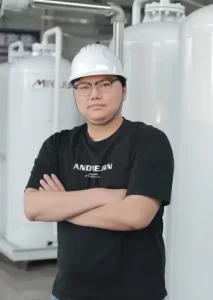
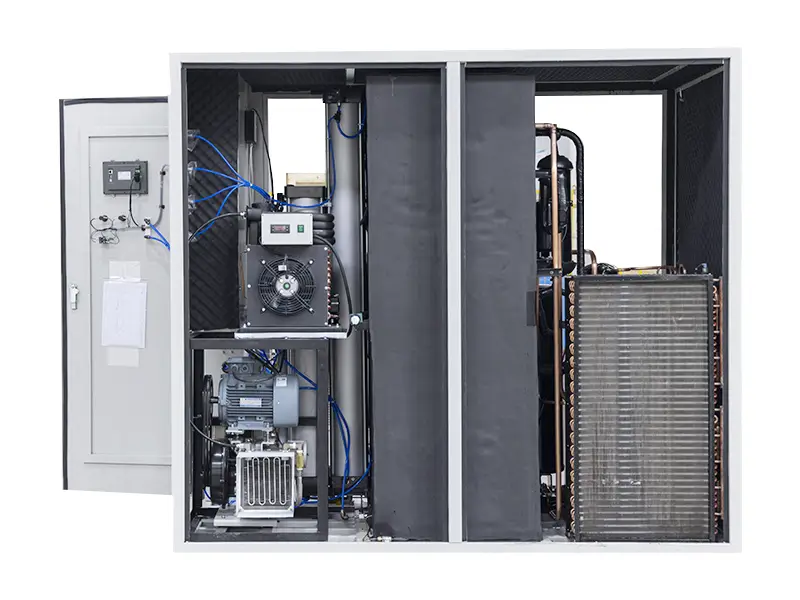
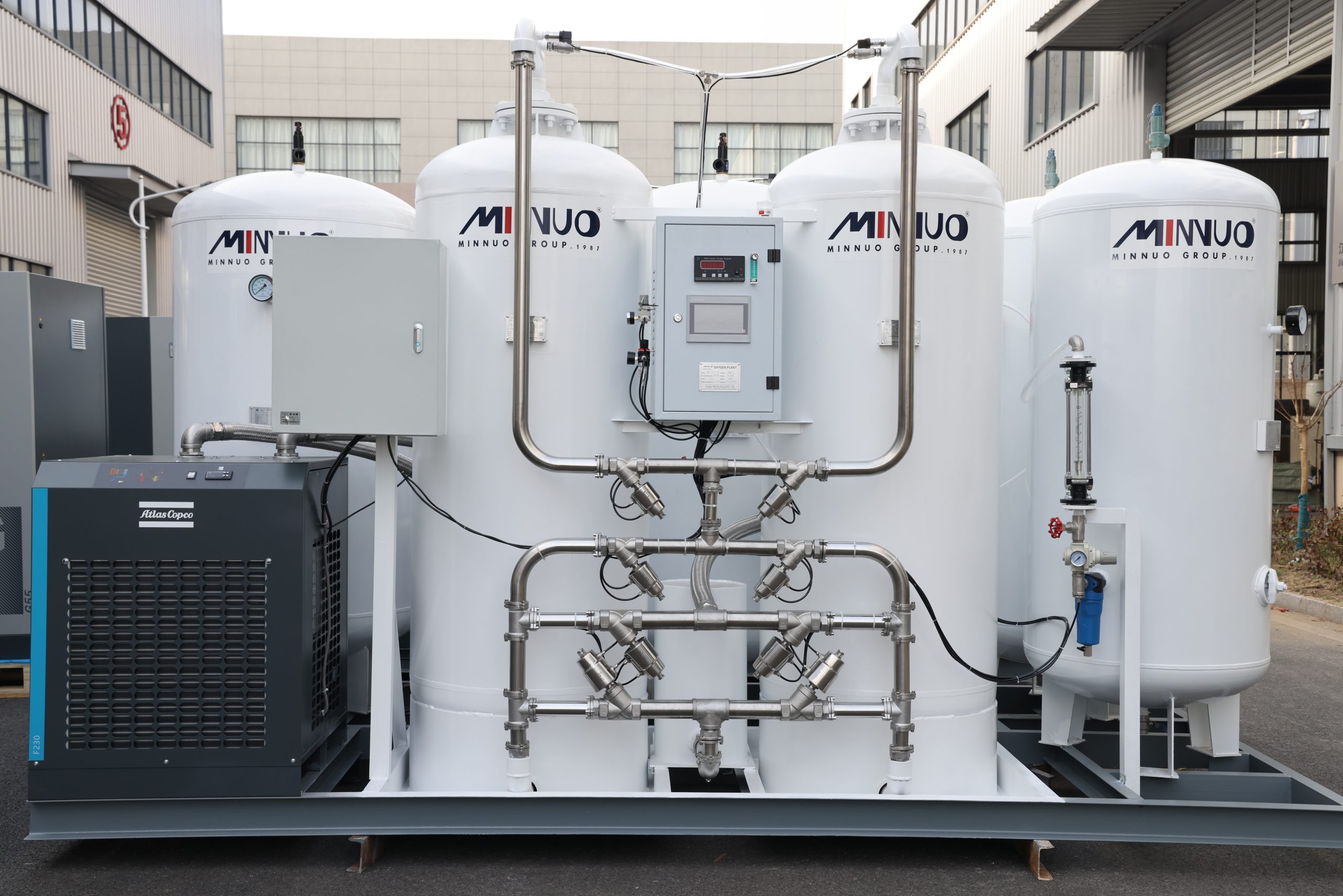
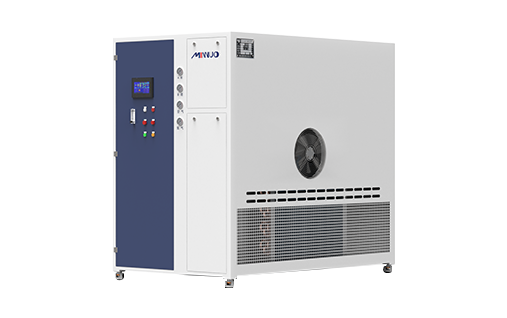

 sales2:+86 17506119168
sales2:+86 17506119168

